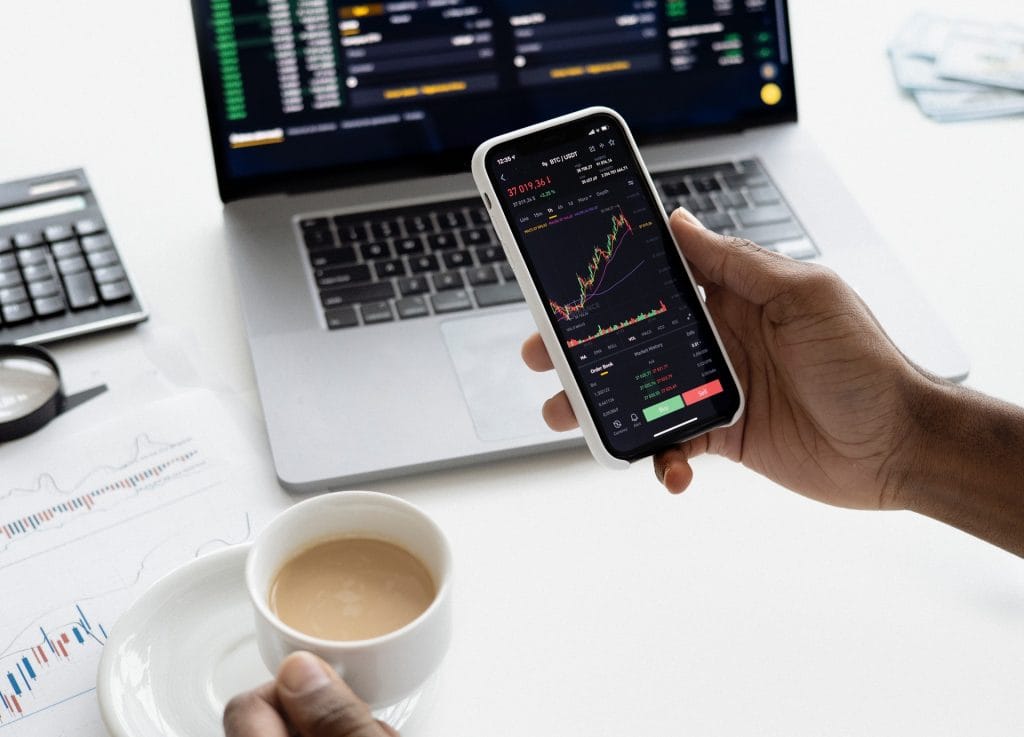I never really started running until I went to Uni. I had always thought of myself as too stocky or thicc to ever get into long distance – ‘it’s just the way I’m built’ I would tell myself. After years of mediocre attempts at running around the neighbourhood (just 5km or so in 25ish minutes) I started living with a guy who was actually good at running, Carl Puchner. Even though the guy ate a full pizza every night for dinner and KFC for lunch he had the perfect runner’s physique.
We’d often go on short jogs together on concrete around Chatswood where I’d just be slowing him down. One fateful day I was exploring the neighbourhood and found a nice little jungle path and thought to take it at some pace. I took Carl back here and thought we could do it together and found out I was actually able to keep up (or even slightly ahead) of this milo fiend. He even mentioned it after the run saying I was flying and he was struggling to keep up. Not sure if this is yet a law but I’m going to claim it
Ross’ Law - You find more enjoyment in activities you are good at
And I think this is where it all began. Next thing I knew my brother Thomas sporadically asked if I wanted to try the Tamworth TrailBlazer in 2019 (15K +900m elevation) back in my hometown. Obviously I signed up, and didn’t put in near the effort required for a decent time, worst of all my knee starting playing up about 10Ks in, so I ended up walking / hopping the remainder of the course – still coming in a respectable 14th, I knew this could be the start of something.

Realising I gained so much enjoyment and accomplishment from the race, I started more recreational running around my local tracks – Lane Cove National Park, Boronia Park to North Ryde and more. I finally decided to buy a Sports GPS watch – however that was more for my Japan Trip.
The Benefit of Running & Trail Running
- Fitness (or you can basically eat whatever you want guilt free!)
- Time saving vs walking
- Health – heart training
- Amazing views – more trails
- Explore places you wouldn’t usually visit
- Something you can do by yourself or with friends
- Meet plenty of great people out there with the same hobby and interesting stories
- ‘Find that place in yourself’ – I find this happens any distance over 30 minutes where you find a comfortable rhythm, you’re in like as Sherlock Holmes calls it – a mind palace. Where you think just what you are thinking and nothing else really matters. Like a moment of calm or clairvoyance.
In 2021, I really started picking up Trail Running as an enthusiast (one day I hope to call myself an athlete), signing up for multiple events every month and even winning a few.
- Upcoming events can be found on my Home Page
- Previous Results from competitions can be found: Competitions and Sports
Get out there, explore and enjoy it!





















:max_bytes(150000):strip_icc():format(webp)/DeterminingRiskandtheRiskPyramid3-1cc4e411548c431aa97ac24bea046770.png)